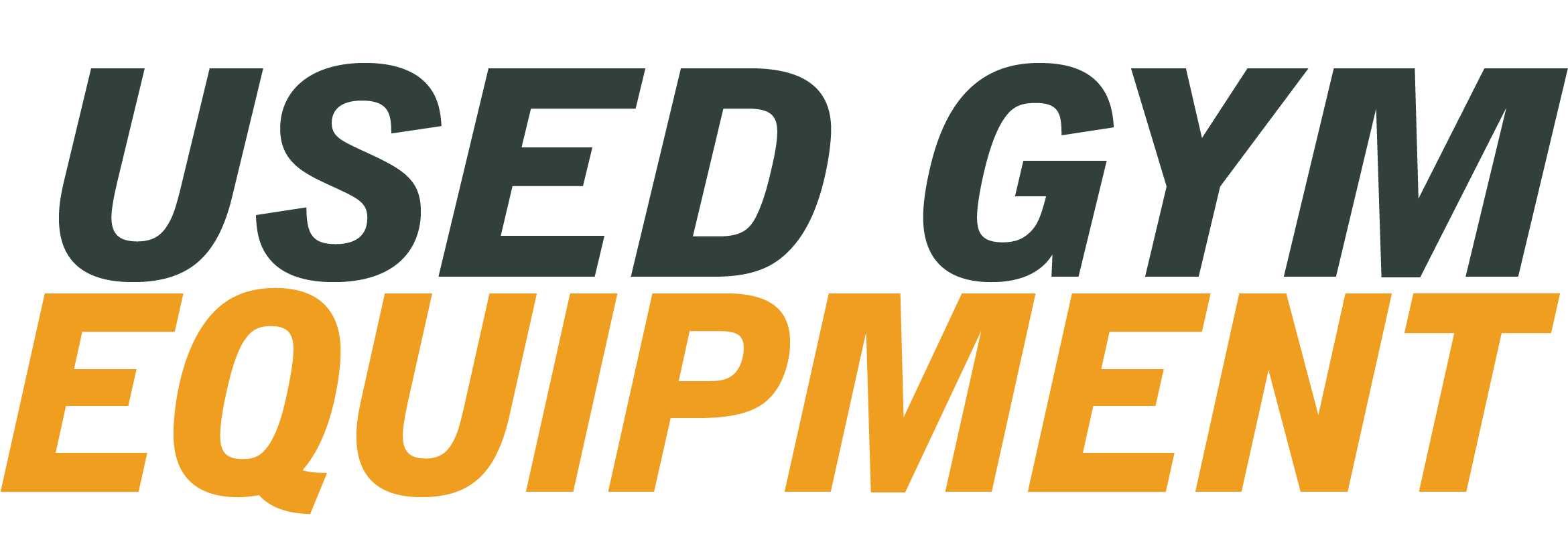Common Fitness Mistakes
You’ve been training for a couple of months now, and you are yet to see the results from your efforts in fitness.

Unsatisfied, you ask, “What could possibly be wrong?” Whether you’re aware or not, you might be committing the common fitness errors (standing in your own way to your fitness goals) that don’t help but slow down your fitness progress. It is quite common for beginners, in particular, to commit mistakes in exercise. However, don’t worry because they can be fixed in order to get you back on track to experience the great benefits of workouts; no matter it is weightlifting, functional training or cardio, or a combination of all three.
Common fitness mistakes don’t only slow you down, but cause injuries, getting you sidelined with torn muscles or broken bones. These are unforgiving and sometimes take many months before you recover enough to get back into training. And so, to avoid any of these problems and to keep going in your training, whatever that is, here are common fitness mistakes you may want to avoid for the best results in fitness training.
Get the Most Out of Workouts – Learn of the Most Common Fitness Mistakes People Make
Recovering on the couch—for some people, especially women, they try to avoid muscle soreness the next day with inactivity, thinking it would help their muscle recover faster. Research says otherwise. Even slight physical activities including walking, moving about or stretching can reduce next-day soreness significantly.
Doing the gym slouch—in the gym, you may be seeing people leaning on the treadmill, StairMaster or elliptical cross trainer and seem to be hanging on such for their lives. When using these machines, your back shouldn’t be rounded because it does not support your spine enough to withstand the pressure and you to keep on moving. Instead of leaning, you should stand erect with your back straight when using such machines to avoid the ‘gym slouch’ mistake.
Lifting too much weight—there is nothing wrong with lifting heavy weights, but it should not be to the extent of lifting more than you can safely handle. Lifting excessively, instead of helping grow or tone your muscles, may cause pain, and often results in injury. What you can do instead is to focus on your form and ease up on the weight. Focus means emphasizing on the quality of the movement, and lighter weight means you’re still feeling comfortable with the resistance you’re dealing with, allowing you to properly execute your lift. Remember you gain during the stretch portion of the lift, making you less prone to injuring yourself. You can use a two-second concentric and then a five-second eccentric (down/stretch) focus because in this way you are able to take control of the whole way while you’re working with weights within your range.
Thinking running is best for fat loss—this is a myth. Instead, you can do short burst of intense workouts, the best way to go to shed off extra pounds. Some people think that a gentle run is the only fat burner they need, but not true. Aside from high intensity interval training (HIIT), two of the best ways of burning fat or losing weight is through eating right and lifting weights.
For one, lifting can build lean muscle mass, stimulate anabolic hormones, including growth hormones and testosterone and raises metabolic rates. And in this case, you will burn more calories even if you are not training the next day. While running burns some calories, it does not have sufficient anabolic effects that weight training has. And aside from weight training, eating right cannot be discounted. If you want to burn calories and lose weight, you can consume high protein but low sugar meals to avoid further fat storage.
Walking with weights—A few think that walking with weights is a great way of adding variety to cardio, but it doesn’t. Walking with a dumbbell, although sounding like you’re doing more than just cardio, compromises your stride because you lean forward, stressing your ankles, quads and shins. It can also cause stress fractures. According to experts, separating cardio and strength training is the right way to do exercise. This is one of the EASIEST common fitness mistakes to avoid, yet you’ll see it in every gym, everywhere!
Doing more isolation movements—while it may be good to work individual muscles for isolation, it may be better to select routines that can target several muscle groups at a time. Not only that they work more than just one muscle group, but they also prove invaluable for people who don’t have much time to spend in exercise but want to gain muscle faster. Experts say, multiple moves, including lunging while weight-pressing overhead or performing a squat with biceps curl, burn more calories and more time-efficient than isolation workouts. In addition to achieving these benefits, working your arms and legs simultaneously (an example of multi-move exercise) can also use the core as the ‘stabilizer’ muscle that can engage the abs, even without you doing crunches.
Eating too much before working out–When you do, expect your pre-workout muscles to be filled with ‘sugar,’ which increases your chances of crashing midway through your routine, Rachel Cosgrove, trainer/owner of Results Fitness, said. Instead, pay attention to the way you are feeling with your stomach during the workout. As you may already know, people digest differently from one another. For instance, if your snack is not still digested when you hop on the cardio trainer, your body will only be able to prioritizing fueling the muscle and not processing food, leading to stomachache. To avoid this problem, indulge in fast-digesting, nutrition-filled protein shake before a workout instead of slow-digesting carbohydrates.
Doing the same fitness routines week in, week out— Experts say, you have to change up your routine every four to six weeks; otherwise, you may just be wasting your time. Remember, your body is adapting to the specific demands, including sets, reps, exercises and resistance, you put on to it. And your body, according to the experts, is a smart machine. Once it gets used to the same training, it starts conserving calories (energy). Changing exercise does not mean you should let go of your favorite routine; instead, it is about switching in terms of the number of sets and reps, using dumbbells in replacement of barbells, adjusting bench incline and all other small changes that can make the big difference. With these, you can avoid going into a fitness plateau.
Now that you know the most common fitness mistakes people are making, you can prevent yourself from committing the same so that you can get the most out of your exercise and meet your fitness goals fast.

